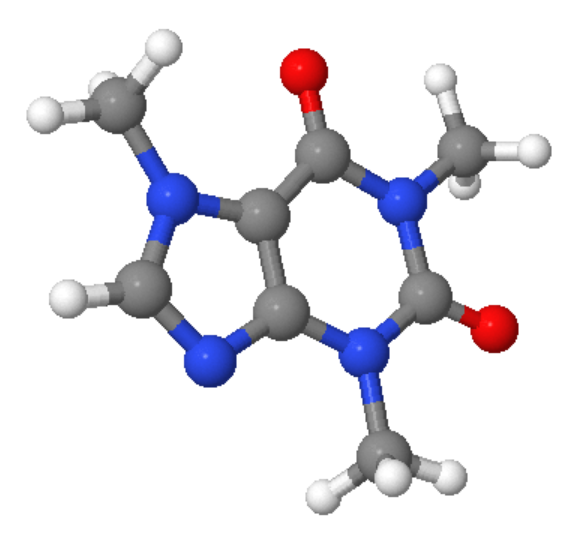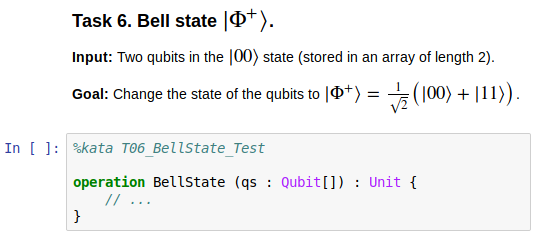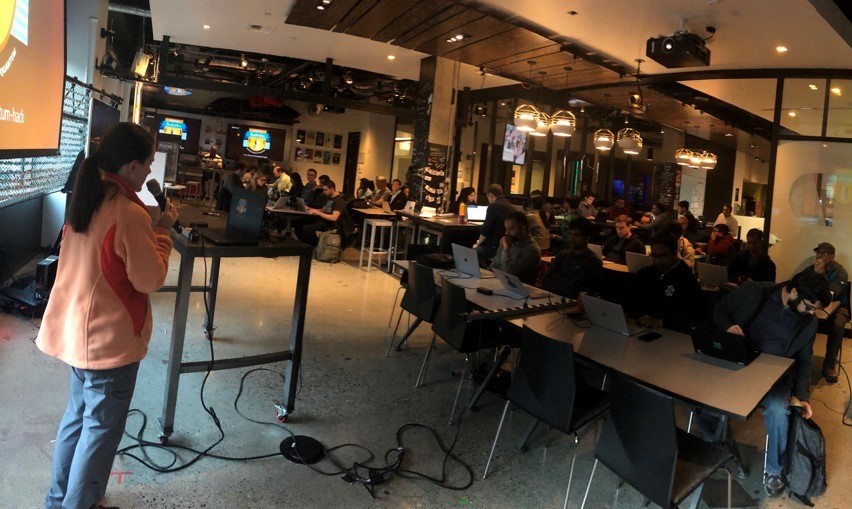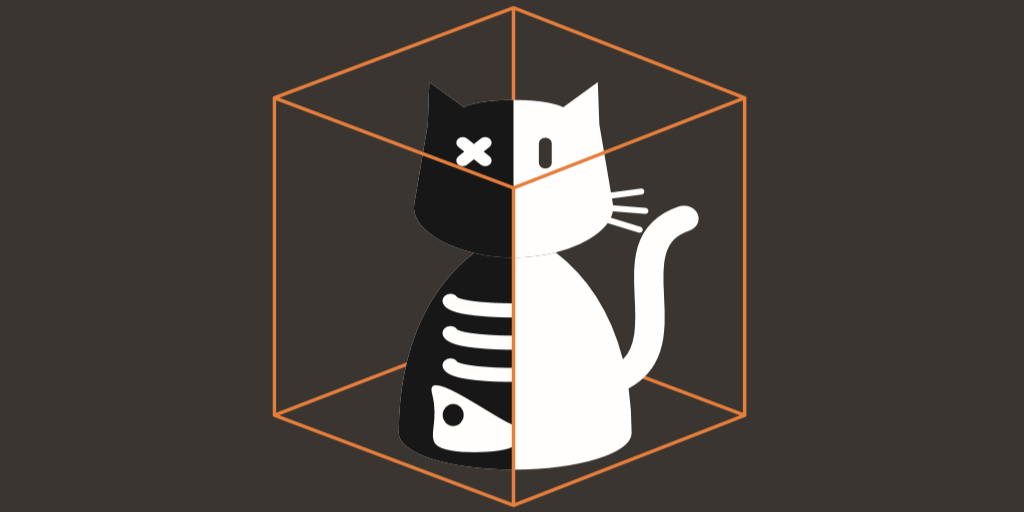


Inside the Quantum Katas, part 2: testing quantum programs

Three Years of Q#

Emulation in Q#

Inside the Quantum Katas, part 1

Q# Advent Calendar 2020

Celebrating our open source community with Hacktoberfest

Introducing Quantum Intermediate Representation (QIR)

Build your own Q# simulator – Part 3: A circuit-diagram builder with ⟨q|pic⟩


 Light
Light Dark
Dark